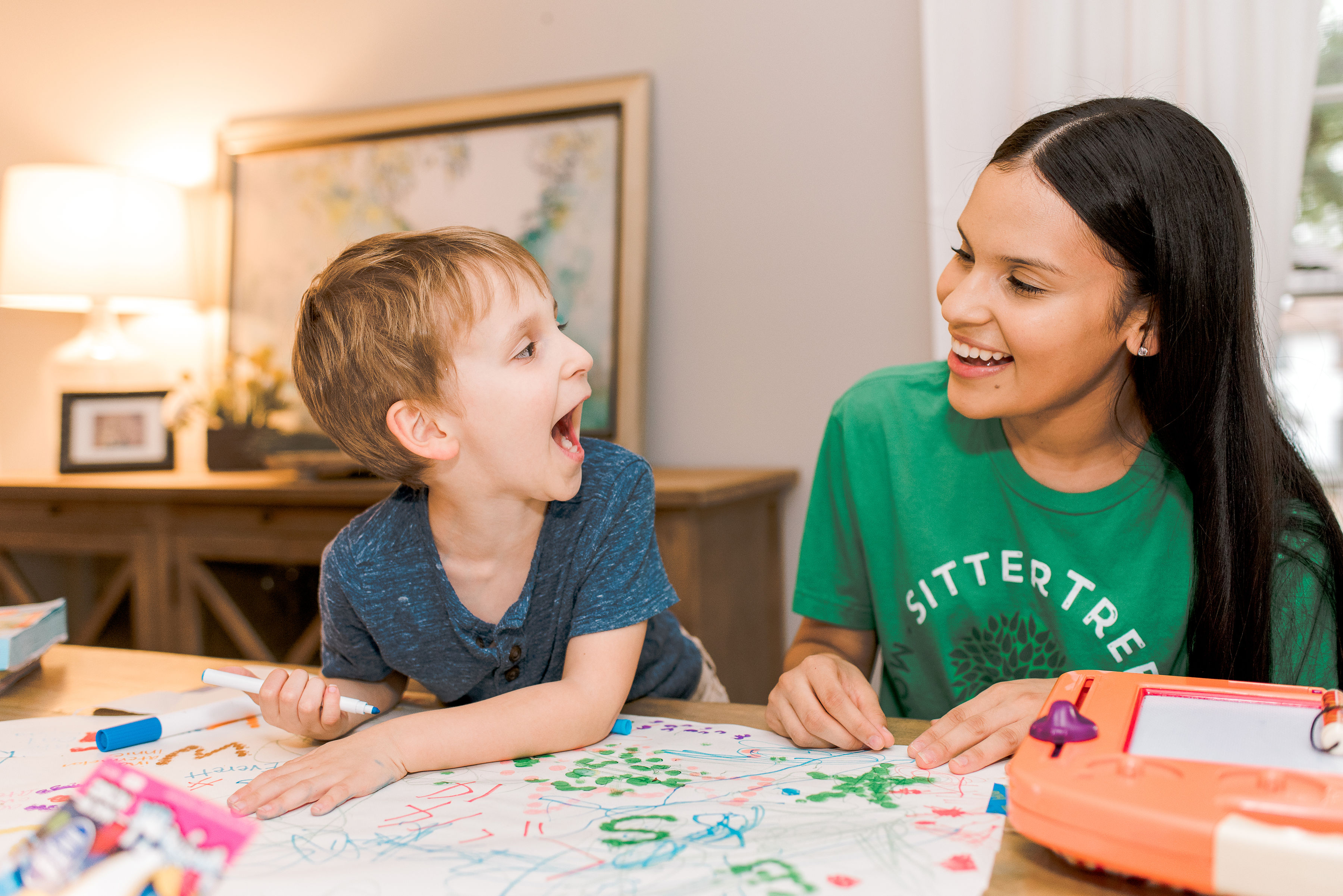Children are a great passion of mine! At the age of 14, I started working with children as a volunteer teacher's assistant at a local church. Since then, I’ve observed, been inspired, and studied the way children act and behave. As a babysitter, on-call nanny, and childcare provider, it’s been a pleasure to experience the happy and not-so-happy times, alike, with the children in my care. I share my experience in hopes of helping other sitters become more confident, capable, and comfortable during their jobs.
The thought of using disciplinary action with children that are not your own can be daunting. In my experience, parents are grateful to have a sitter show concern when disagreement (whether between siblings or child and a sitter) should arise. I have found that starting with a little thoughtfulness on the sitter’s part can help both sides feel more at ease and comfortable with the possibility of discipline.
1. Remember: There is Always a Reason Behind Negative Actions
One thing to keep in mind when you are sitter is that no babysitting gig is going to go 100% perfectly or as you expect it. Children are still learning how to express themselves in appropriate and safe ways. Keeping this in mind can help you understand how to approach or address a distressing situation.
2. Ask Parents for Their Experiences and Preferences
Ask questions such as: “Do you have a quiet space should Mark and Allison come to a moment of disagreement and need to play on their own?” or, “Do you have a preference or routine you would like me to enforce should we have a moment where we are upset?” Asking questions like this will show parents you are working with them and want to enforce/support the rules of the home in their absence.
3. Show, You Are a Person, Too!
When a child is not expressing themselves in a positive manner, they respond best if an adult can speak calmly and with compassion. This approach shows children they can use their words calmly before saying or doing something negative.
For example, if little Susie is throwing a toy indoors and it could potentially knock over a lamp, a verbal warning such as, “Uh oh! Is this safe inside play? Or, is it better for us to play outside?” Sometimes, just getting them to stop and think helps. It makes them feel a sense of control and not threatened. However, if negative action continues, a sitter can then remind them of the “House Rules” made by mom and/or dad.
4. Follow Through With What You Say
If a sitter has to give a warning first, the words should be meaningful and make sense to the situation. For example, if two children are getting upset and fighting over the use of the video game controller, get their attention while suggesting potential other options. “Uh-oh. It seems you two are having a hard time sharing. Shall we take a break and choose a different game? Or, do you think you need time to cool off in the quiet room?” The children know their options and are now thinking a bit more clearly, reminded of the consequences of their actions.
When this does not work, a sitter can intervene and make a decision. In this case, putting the game console away may be best for the time being. It is always up to the sitter to decide if the toy or object can be brought back out later, perhaps after a brief discussion of how to handle it better the next time a disagreement takes place.
5. Communicate Casually Yet Meaningfully with Parents Later
When parents return home, the first question usually asked is, “How were the kids today?” Sharing the positives is a great place to start, but don’t feel you only have to focus on the positives. Parents genuinely want to know how everything went. Sharing your insight on harder moments helps them with future sitters.
“Johnathan, Daniel, and I played a fun game of Uno and then drew airplanes together which lead to making paper ones, which was such fun! They also received their one hour of video game use, but part of this time was spent having a cool down after a disagreement on sharing the controller. However, they did a great job coming up with a solution and looking forward to playing again with a better sharing plan! They even wrote a sharing contract!”
Keeping a friendly and informative tone helps parents feel confident in your abilities to navigate conflict and provide appropriate discipline. Once again, the key is the willingness to communicate and being calm yet honest.
Above all, remain calm and positive. It is never easy to discipline children who aren’t your own, but with these tips you will be well prepared if a situation arises. Do you have any tricks for disciplining children while babysitting? Share with us in the comments!
A note about the author:
Jessica Broesche has been working with children for over fifteen years. Her passion led her to acquire her Early Childhood Education Degree in 2009. She currently works as a Teacher at "Little Aprons Academy" while furthering her education to receive her CDA Bachelor's Degree. She's worked with SitterTree since 2015, and loves EVERY minute of sitting for her 20+ Favorite Families!


